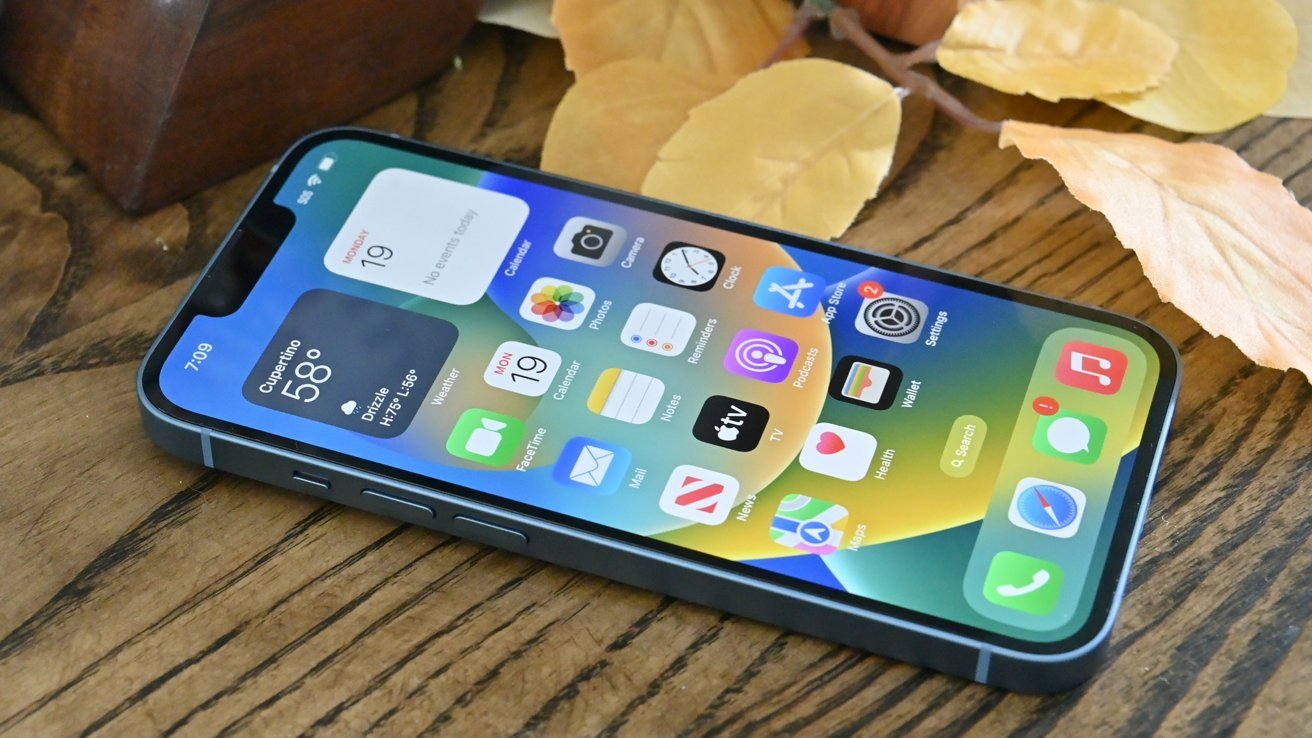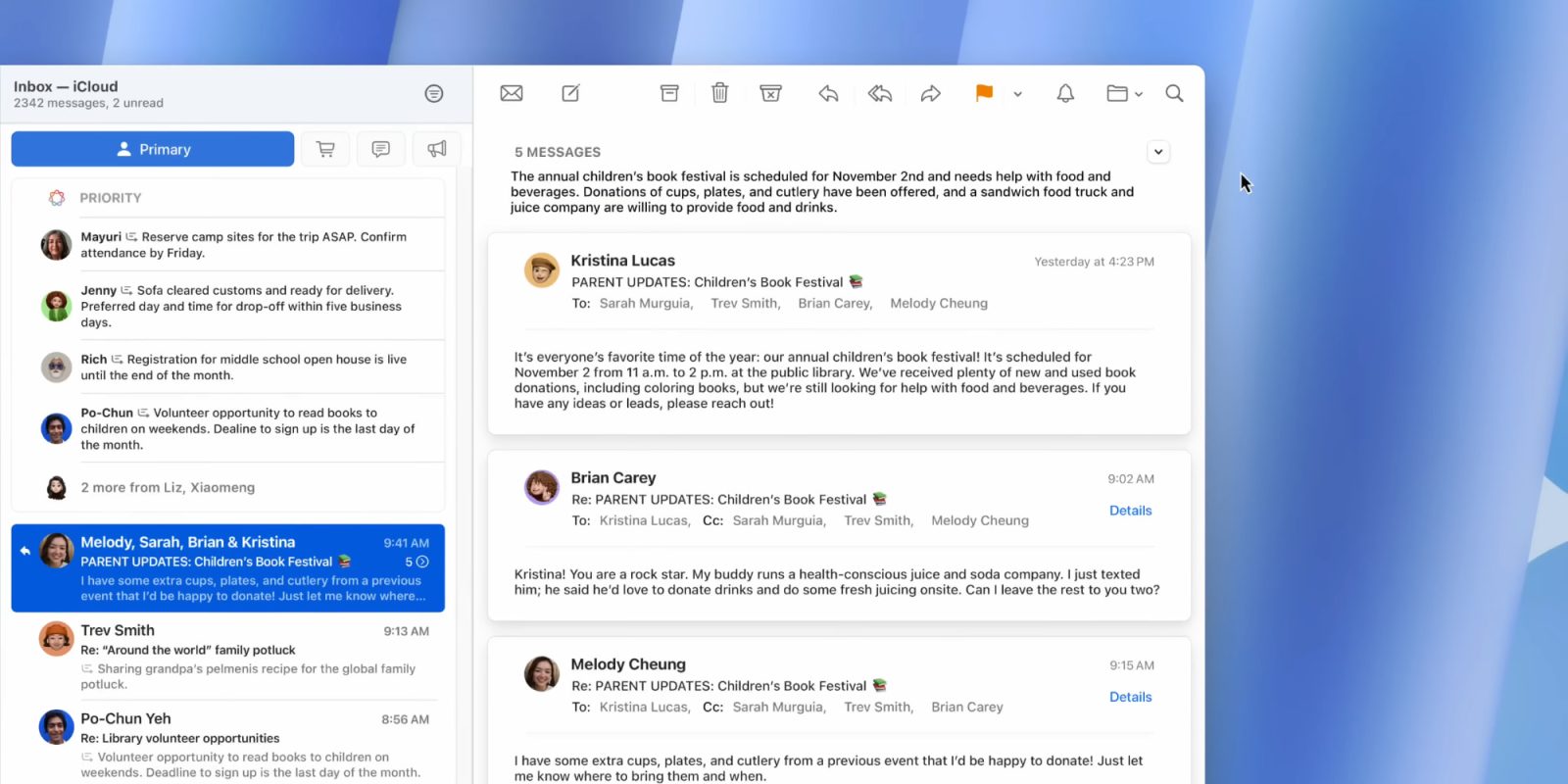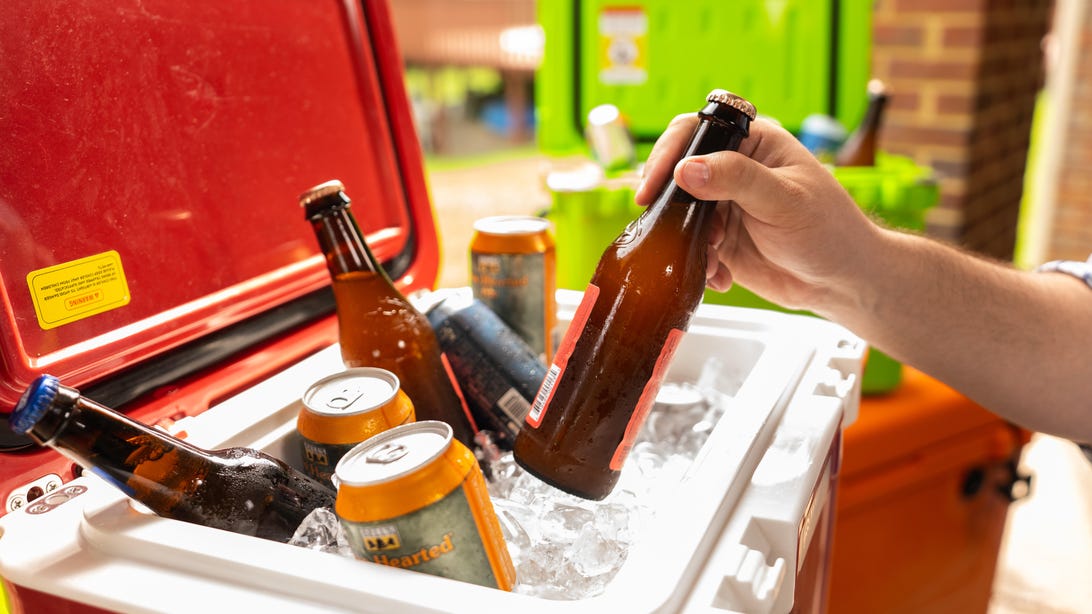WEWORKREMOTELY.COM
Purity Coffee: Customer Support Representative
Time zones: EST (UTC -5), CST (UTC -6), MST (UTC -7), PST (UTC -8), AKST (UTC -9), HST (UTC -10)Purity Coffees mission is to improve the worlds health by producing the healthiest and most sustainable coffee backed by scientific research and testing. We promote the wellness benefits of coffee, and are guided by our values of Health, Science, Integrity, Responsibility and Growth. Our thousands of loyal customers rave about the quality of our coffee and the health benefits theyve experienced by drinking it. If youre interested in joining a dynamic, rapidly growing company, were looking for respectful and honest team players who are committed to continuous improvement and health.This is a remote position, with the option of on-site work if the candidate is located in Greenville, SC.Schedule: 9 am - 5 pm EST Monday through Friday, occasional weekend shift possible.This job position is open exclusively to U.S. residents.Benefits listed below job summary.Job SummaryPurity Coffee Customer Support Representatives are key to the companys success and the satisfaction of its customers. They are responsible for multi-channel customer support tickets, emails, live chats, with a particular emphasis on phone support. This is a high call volume position, requiring excellent communication skills and the ability to handle a fast-paced environment. They will participate in weekly team member 1:1 meetings, a weekly department meeting, as well as quarterly team member reviews and departmental strategic planning meetings. Each team member is expected to manage an average of 150-250 support tickets weekly via email, call, or live chat. They will also be responsible for setting and managing quarterly objectives and key results related to their growth and the performance of their department.Puritys helpdesk and telephony systems will be utilized and optimized by the Customer Support Representatives. They will work with other team members in Customer Support and I.T. to improve the customer and employee experience as users of these technologies.Customer Support Representatives will regularly report on support workload and capacity, customer satisfaction, and issue resolution times. They will apply root cause analysis to inform other key functions of the company of opportunities to solve a customer issue or optimize the customer experience. They will report directly to the Customer Support Manager and be a key resource for departmental planning and execution.Job ResponsibilitiesDepartmental Management:Meet key performance metrics, including ticket resolution time and volume, with weekly monitoring and quarterly performance evaluations to ensure consistent quality and efficiencyParticipate in weekly Customer Support meetings to identify, discuss and solve key issuesContribute to a Customer Support scorecard with departmental KPIs and analysisParticipate in quarterly strategic planning sessions to set objectives and key results for Customer Support department and team members that align with company objectivesContribute to weekly Customer Support updates and reporting, highlighting Voice of the Customer and root cause analysisSystems Management:Use systems including Gorgias, Okendo, Skio, Refersion, Smile, Shopify, and ShipstationHelps with Gorgias helpdesk system functionality and managementHelps assign unassigned cases while helping improve the automatic assignment of tickets when possible.Assist with data segmentation so that tagging and intentions provide accurate and useful dataAssist with the auditing, editing, and optimization of macrosHelps with Okendo review system functionality and managementResponsible for review management, including the publishing, response, and reporting on site and product reviewsKnowledgeable on processes for customer support in Skio, Refersion, and SmileAfter Sales Support:Provide support to multi-channel customer inquiries including Amazon, wholesale, affiliate, subscriber, and direct consumersProvide solutions for customer questions, complaints, or needs in a timely manner from multiple channels including website, live chat, Amazon, wholesale and affiliatesOrder entry, cancellation or changesProvide information about Purity Coffee and its productsAdvise on questions about the purchasing, storing, grinding, and brewing of coffeeRoute unassigned tickets to the appropriate team membersUse help desk software to monitor and manage customer issuesProvide knowledgeable responses to customer questions regarding products and servicesAnalyze customer issues to determine opportunities to improve customer satisfaction and communicate that to the appropriate team mates to influence changesJob RequirementsExperience with Customer Support, Customer Experience, or Customer ServiceExcellent communication and problem-solving skillsGood interpersonal skills and ability to work in a team environmentPatience with customers and the ability to de-escalate situationsExperience with help desk software and remote working tools is a plusFamiliarity with coffee, health, wellness, and/or coffee industriesMust have a quiet and distraction-free environment to take customer phone callsPhysical RequirementsWorking on a computer for the majority of the workdayLifting and carrying boxes (depending on remote / on-site)Packaging small shipments (depending on remote / on-site)Benefits (Some Waiting Periods Required)Paid Time Off / Flexible Time OffMedical, Dental, and Vision Insurance401KLife InsurancePersonal Development BenefitPaid Job Training and DevelopmentPurity Coffee is an equal opportunity employer and is committed to fostering a diverse and inclusive workplace. We encourage and celebrate the uniqueness of each individual and believe that our differences make us stronger as a team.Our commitment to diversity extends beyond race, ethnicity, gender, sexual orientation, disability, and veteran status to create an environment where all employees feel valued and inspired. We strive to create a culture that embraces diversity and inclusion as a fundamental part of how we operate, empowering each employee to contribute their best work.We actively seek to attract, develop, and retain individuals from diverse backgrounds and perspectives, and we prioritize creating a space where everyone feels supported, heard, and included. Our dedication to DEI is woven into our hiring process, employee development programs, and overall company culture.We believe that by fostering an inclusive environment, we not only ensure the well-being and growth of our employees but also drive innovation, creativity, and success as a company. Join us in our journey to build a workplace that reflects the diverse world we live in. Related Jobs See more Customer Support jobs


/cdn.vox-cdn.com/uploads/chorus_asset/file/25829979/STK051_TIKTOKBAN_B_CVirginia_D.jpg)






